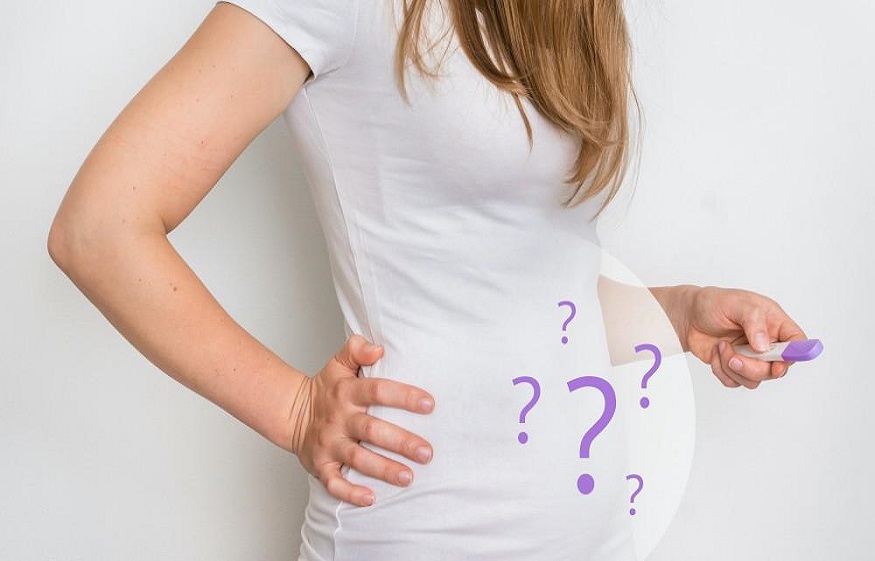How fibroids contribute to infertility
The most common gynecological tumors in women are the fibroids, which affect 20 to 50 percent women of the reproductive age group. For both the healthcare provider, and the patient, fibroids are of great concern, as they have an impact on fertility. For women who do get pregnant, fibroids can affect pregnancy; for more information on how your pregnancy may be impacted by fibroids, reach out to Best Gynecologist in Lahore.
How do fibroids contribute to infertility?
Fibroids vary in their shape, size as well as location. In some cases, they cause infertility by obstructing the fallopian tubes and impeding the pathway of the gametes. Cervical fibroids affect the movement of sperm, preventing the fertilization of the egg. Uterine fibroids also impact mobility of the sperm through distortion in the shape of the uterus. Additionally, they deform the lining of the uterus—known as the endometrial cavity, which is the site of implantation of the fertilized egg.
Fibroids can affect the thickness of the uterine lining, which in turn makes implantation of the embryo difficult. Even if the fibroids are not located in the endometrium, they can have indirect impact through diminished blood flow to the uterus.
Impact of fibroids on obstetric outcomes
Even in cases that assisted reproductive technology (ART) is used, fibroids can contribute to increased risk of miscarriages, preterm labor, placenta previa, malpresentation and preterm labor. The risk of pregnancy loss is related to the location of fibroid, in particular the intramural or submucosal fibroid. There are concerns that fibroids may grow in pregnancy under the influence of hormones and outgrow their blood supply. When this happens, there is severe pain, necessitating surgery.
In cases of large fibroids, malpresentation of the fetus is common. In comparison to women without fibroids, those with fibroids have an odds ratio of 3.98 for having a breech baby. This subsequently decrease the chances of a vaginal delivery and increase the probability of cesarean section.
What are the treatment options for fibroids?
Fibroids can be treated through surgical removal, through a process known as—myomectomy. After myomectomy, approximately 50 percent of women can become pregnant, but the success rate is dependent on the location of the fibroid. Myomectomy can be performed through hysteroscope, or through laparotomy.
In the medical management of fibroids, hormones in the form of combined oral contraceptive pills (OCPs), or progesterone only forms are given for improvement of pain and menstrual complications. These are given for a period of three months during which there can be significant reduction in the size of the fibroid, making pregnancy possible.
Another procedure, known as the uterine artery embolization was previously seen as the treatment option for women looking to conceive with fibroids. The idea was ischemic necrosis of the fibroid through 72 hours of uterine artery embolization. However, there were concerns of damage to the uterine and ovarian function.
The ultimate decision of which treatment option is best for the patient is highly individualized and dependent on the location and size of the fibroid. Consult Best Gynecologist in Karachito find which treatment options are available for you.

